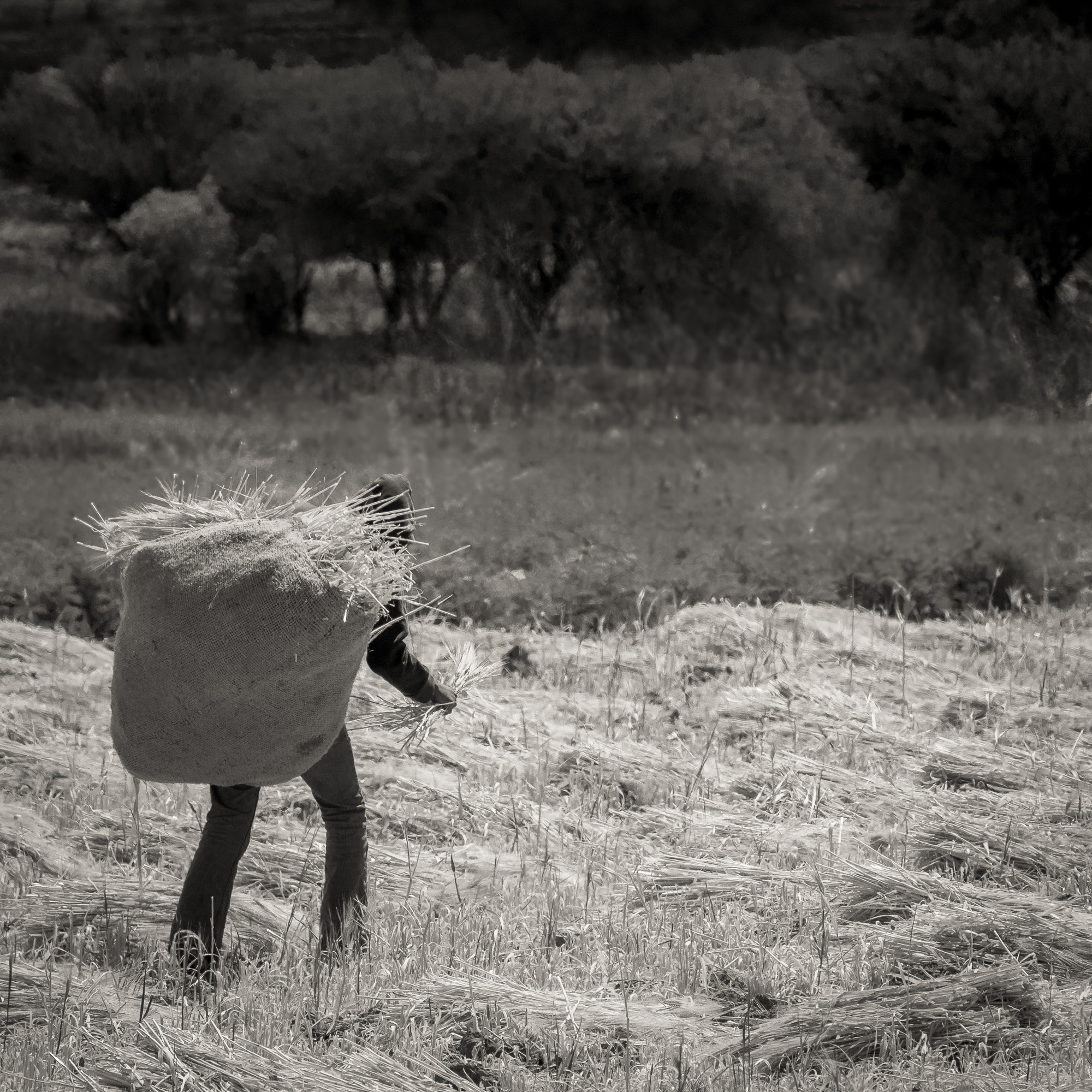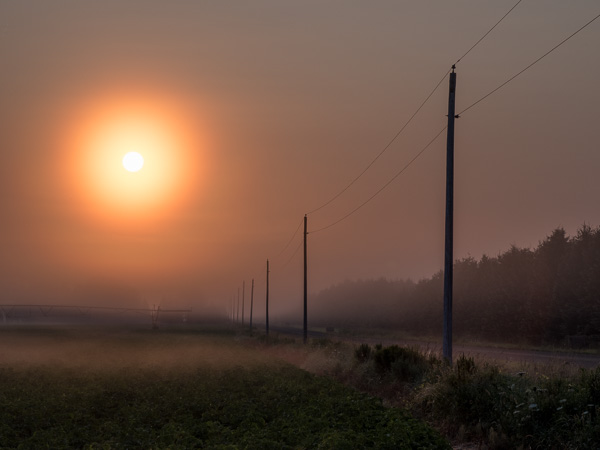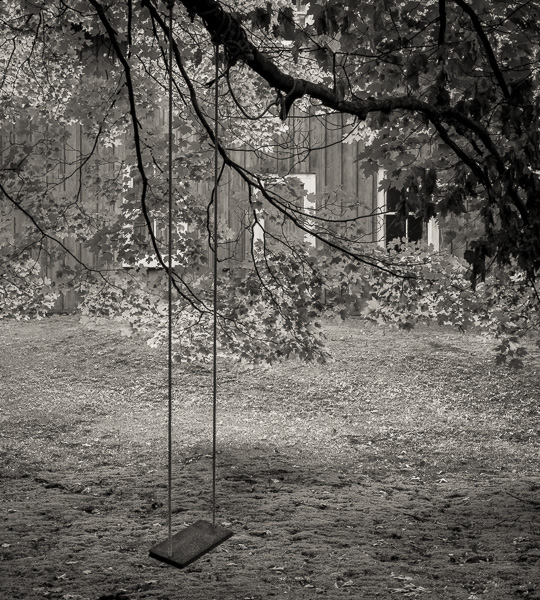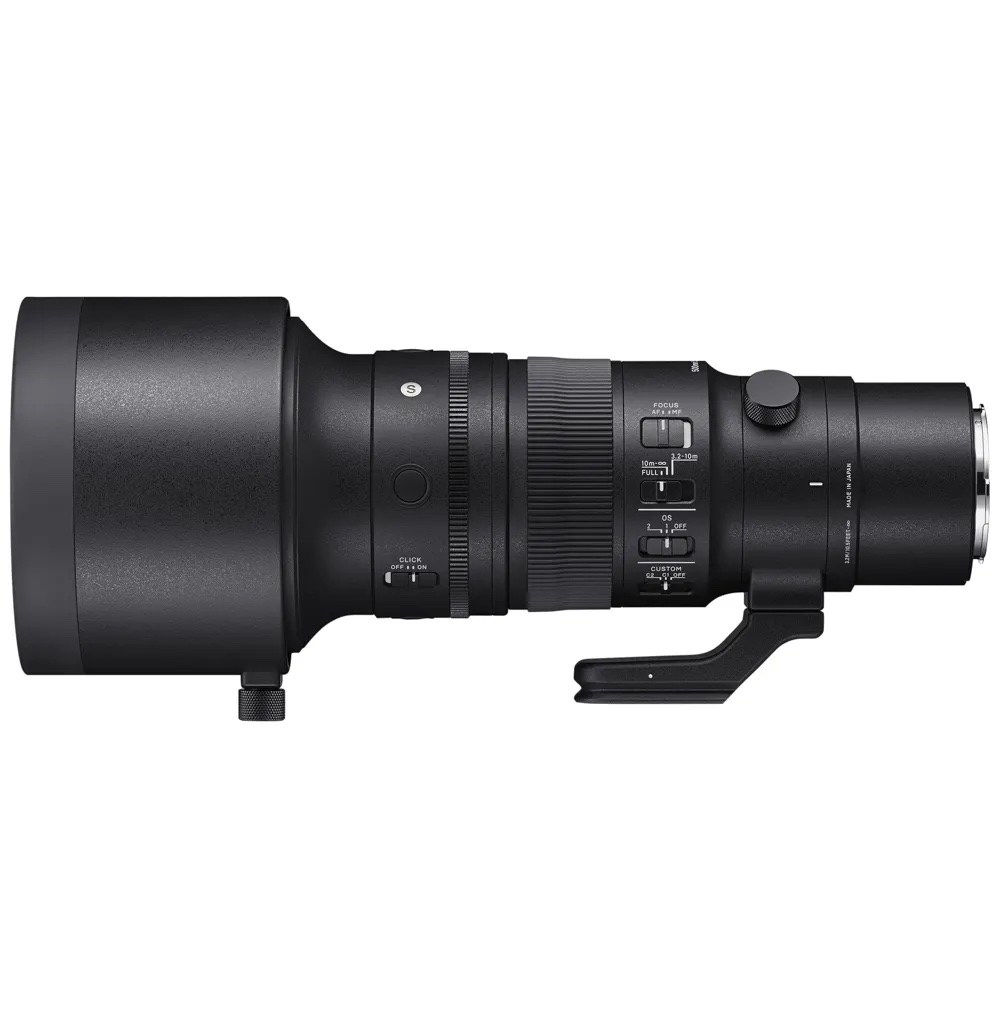

Sigma’s new 500mm lens – its full name is the 500mm f5.6 DG DN OS Sports
Sigma 500mm f5.6 DG DN OS Sports Lens
The latest in the round of introductions leading up to CP+ Expo in Yokohama, Japan at the end of this week are a pair of lenses from Sigma. In a world where many lens introductions are medium-aperture AND medium-speed, Sigma’s new babies are neither of the above.
Just a look at their angles of view indicates how unusual they are. A 50mm normal lens has an angle of view of around 47 degrees, approximately the angle of the central stereoscopic vision of the human eye (if you include peripheral vision, our angle of view is much wider). Sigma’s new lenses have angles of view of 5 degrees (a 500mm f5.6 telephoto) and 180 degrees (a 15mm f1.4 full-frame fisheye). For most of us, these aren’t the lenses we’ll use every day, but they ARE the lenses that can change the way we see.
At first glance, a 500mm f5.6 is not an exceptional lens. It’s long, but an increasing number of zooms get that long, and some reach 600mm. It’s slightly faster than almost any zoom at that focal length, but only by 1/3 of a stop in many cases, and it’s a stop slower than (much more expensive) elite 500mm primes. It is a Sigma Sports lens, suggesting cutting-edge optical design and a very rugged build comparable to top pro telephotos from other makes.
What makes it special is that it’s compact, light and hand-holdable in a way that reasonable-aperture supertelephotos typically are not. It’s just over 9 inches long, and it weighs 3 pounds (1370 grams).
That is NOT a typical 500mm lens of a few years ago, be it prime or zoom. It’s around the size and weight of a typical 70-200mm f2.8! Sony’s 200-600mm f5.6-6.3 is several inches longer and almost a kilogram (or a couple of pounds) heavier. That was a compact lens for the focal length when it was introduced!
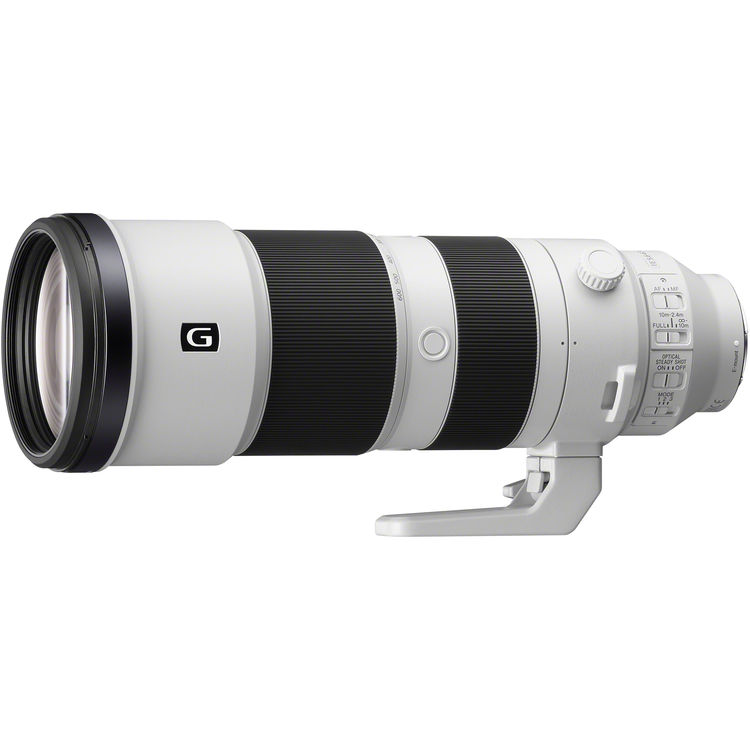

There are three other lenses in the world that offer 500mm reach in the “70-200 mm” size class, ignoring value-oriented lenses that are f8 or slower. The most comparable lens is Nikon’s 500mm f5.6 PF lens. I’ve used that lens, and it’s a ton of fun to shoot wildlife with and has excellent image quality. It’s so small and light that it is exceptionally maneuverable. You not only don’t need a tripod or monopod, you don’t want one – it would simply hamper your maneuverability. It will get shots that NOTHING else will, until today. The Nikkor is an F-mount DSLR lens, one of the last introduced before Nikon’s mirrorless push (it was introduced two months before the Z6 and Z7). Nikon has more recently introduced a Z-mount version at 600mm f6.3.
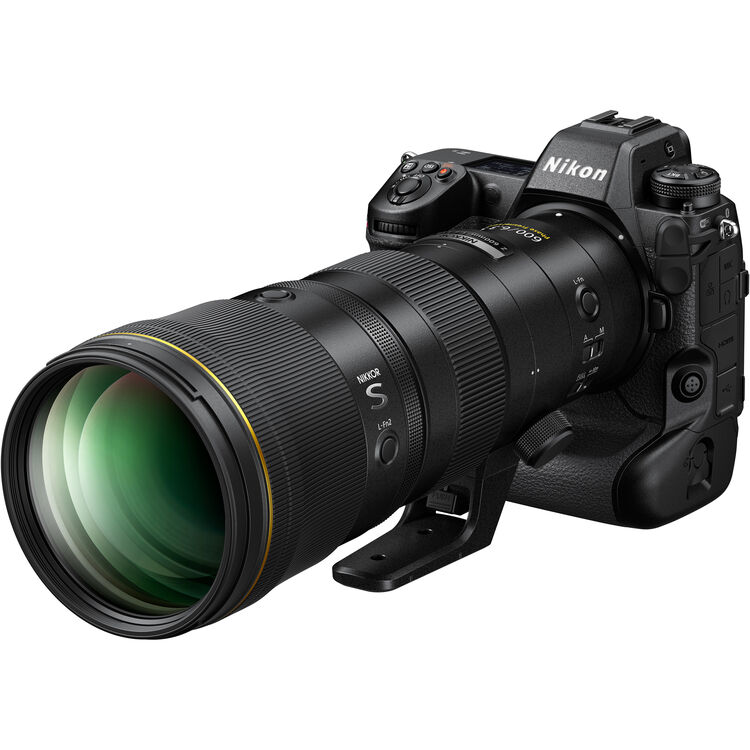

The other competitor is the long end of the Canon 100-500mm f4.5-7.1 zoom. I haven’t used that lens, although I would love to. It has an excellent reputation, and it trades a very significant zoom range for 2/3 of a stop in maximum aperture. It is a “trombone” zoom, but it doesn’t have large and heavy elements at the front end, so it almost certainly handles better than other trombone zooms with very long maximum focal lengths.
Fujifilm has a 500mm f5.6 on their G-mount (medium format) roadmap, and, just looking at its silhouette on the roadmap, it may well be very compact (in a similar size class).
With Sigma’s introduction of the 500mm f5.6 Sports for Sony FE-mount and L-mount , all of the major full-frame mounts have at least one lens that is both long and maneuverable. Nikon has four primes (400mm f4.5, 500mm f5.6 (F-mount), 600mm f6.3 and 800mm f6.3 (that lens is the size of a typical 200-600mm zoom, but it’s an 800mm!). Canon has that 100-500mm zoom and a slower 200-800mm f6.3-9 zoom. Sony and L-mount have the new Sigma 500mm. Welcome Sigma!
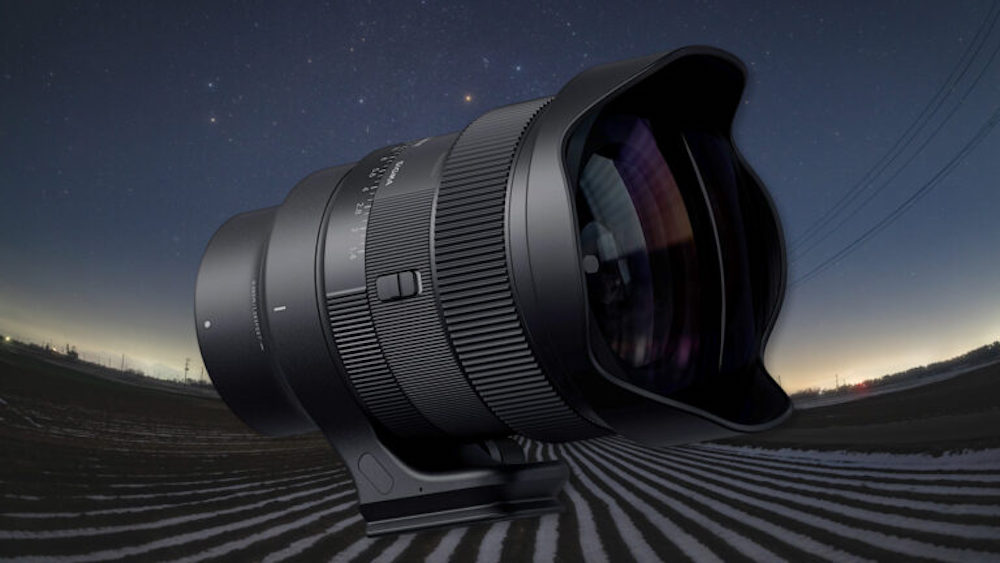

The second Sigma lens introduction is a unique, bordering on wacky, lens. It is a 15mm fisheye offering a 180 degree field of view, unusual enough by itself. There are only three major-manufacturer fisheye lenses in mirrorless mounts, and the other two are both for Micro 4/3.
There are several DSLR-mount fisheyes, ranging from the only mildly exotic to some of the rarest lenses in the world, like the Nikkor 6mm f2.8 that sees quite a ways behind itself with a 220 degree field of view.
Even in this unusual company, Sigma’s new lens is a greater oddity – it is an f1.4 lens! I am unaware of any fisheye lens other than the new Sigma that is faster than f2.8 equivalent. DPReview’s lens databases shows none, and that is pretty complete back to 2000 or so. Googling “fastest fisheye lens” didn’t reveal any faster historical lenses. Yes, I am aware of the OM System 8mm f1.8 fisheye, but, as a Micro 4/3 lens, it is equivalent to a full-frame 16mm f3.6 lens, a relatively “usual” specification by fisheye standards.
Not only is the new Sigma a fast fisheye lens, it is a Sigma Art lens. Art lenses, especially Art prime lenses, are typically ambitious optical designs aiming for world-class performance and very often getting there. A few image samples have appeared online, and they look very good. There is some vignetting in the corners, but I am not aware of any fisheye lens that does NOT vignette in the corners (well, being pedantic, circular fisheyes vignette toward the outer part of the circular frame because they don’t HAVE corners).






